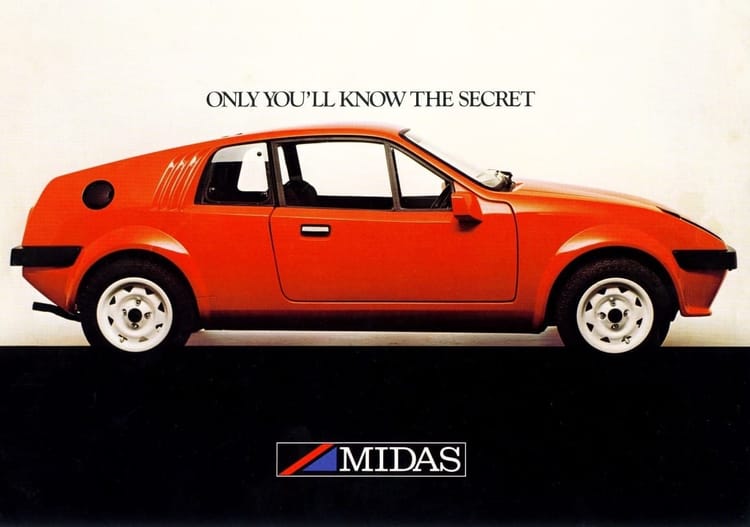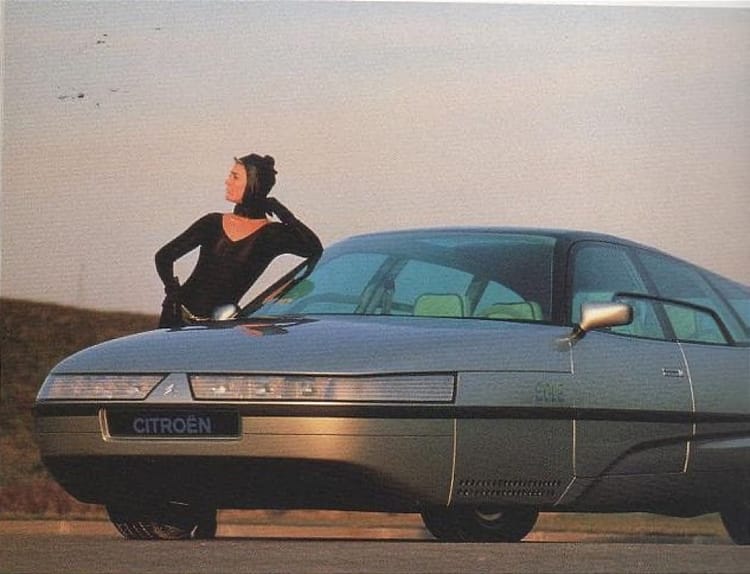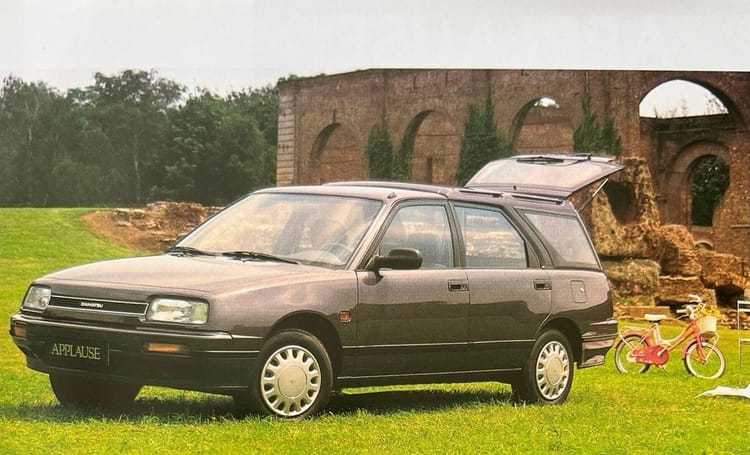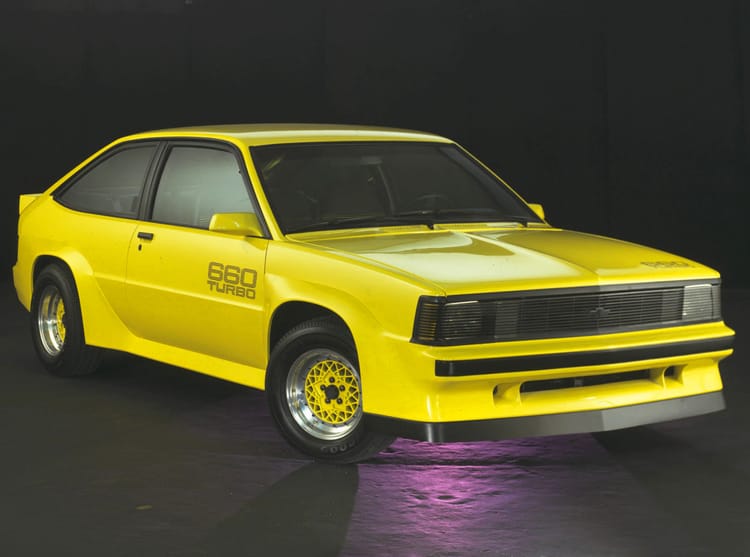Nissan BladeGlider
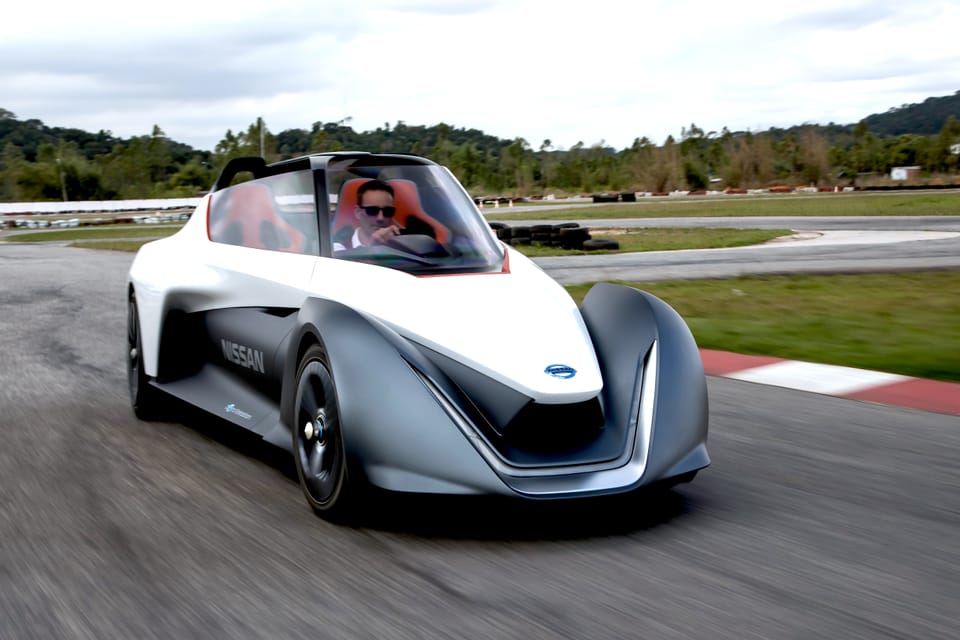
A story I’d like to tell is this: why didn’t Nissan build the BladeGlider? Typing that out, maybe I will one day seek out sources and chase down storylines that all ended when the project did. Anyone have Ben Bowlby or Carlos Ghosn’s phone number?
You must understand, back then, Nissan wasn’t simply Nissan — in 2014, it was the world’s leading electric vehicle manufacturer with approximately 50% of the EV market. Seriously — this was on an official Nissan 2014 press release:
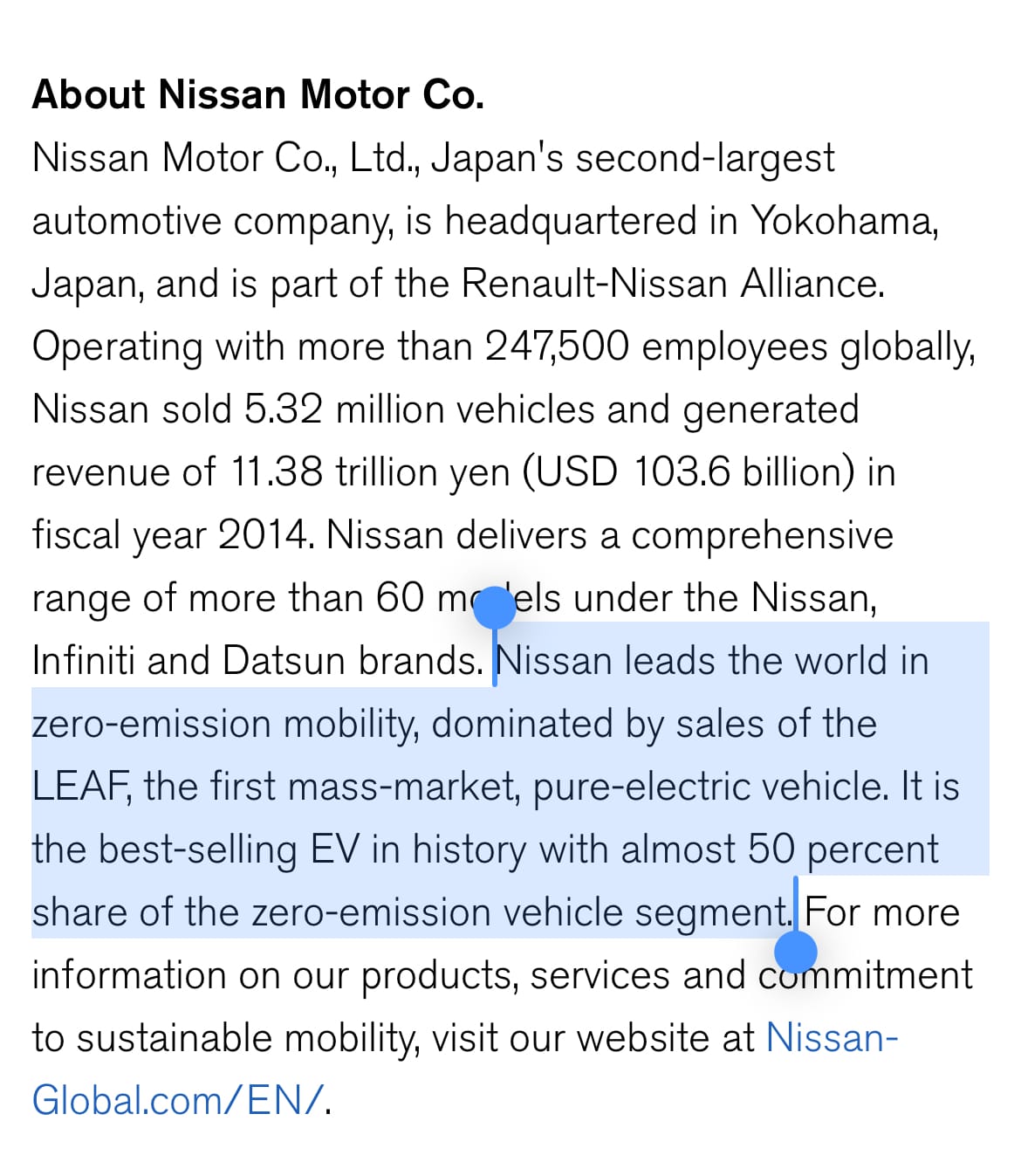
What’s more, the innovative BladeGlider wasn’t some flight of fancy one-off; Nissan had built multiple prototypes.
It had launched a production electric car, the Leaf. And it had entered the 24 Hours of Le Mans with a similarly shaped car, the electric-to-the-wheels ZEOD RC (with onboard gasoline engine generator), which was itself an evolution of another former Garage 56 entry, the 2012 DeltaWing.
Confusingly, the original DeltaWing didn’t start as a Nissan, and that’s partly why this once-promising car concept (narrow front, fat ass) eventually landed, face-first, like a lawn dart-shaped turd.
By 2016, any of us who’d hoped for a delta-shaped electric car learned of the project’s acrimonious end, which I won’t get into here.
Lawyers, settlements — we don’t have time for this.
Nissan stopped talking about the car in 2018, we have a few hundred more words and an in-car video to get through.




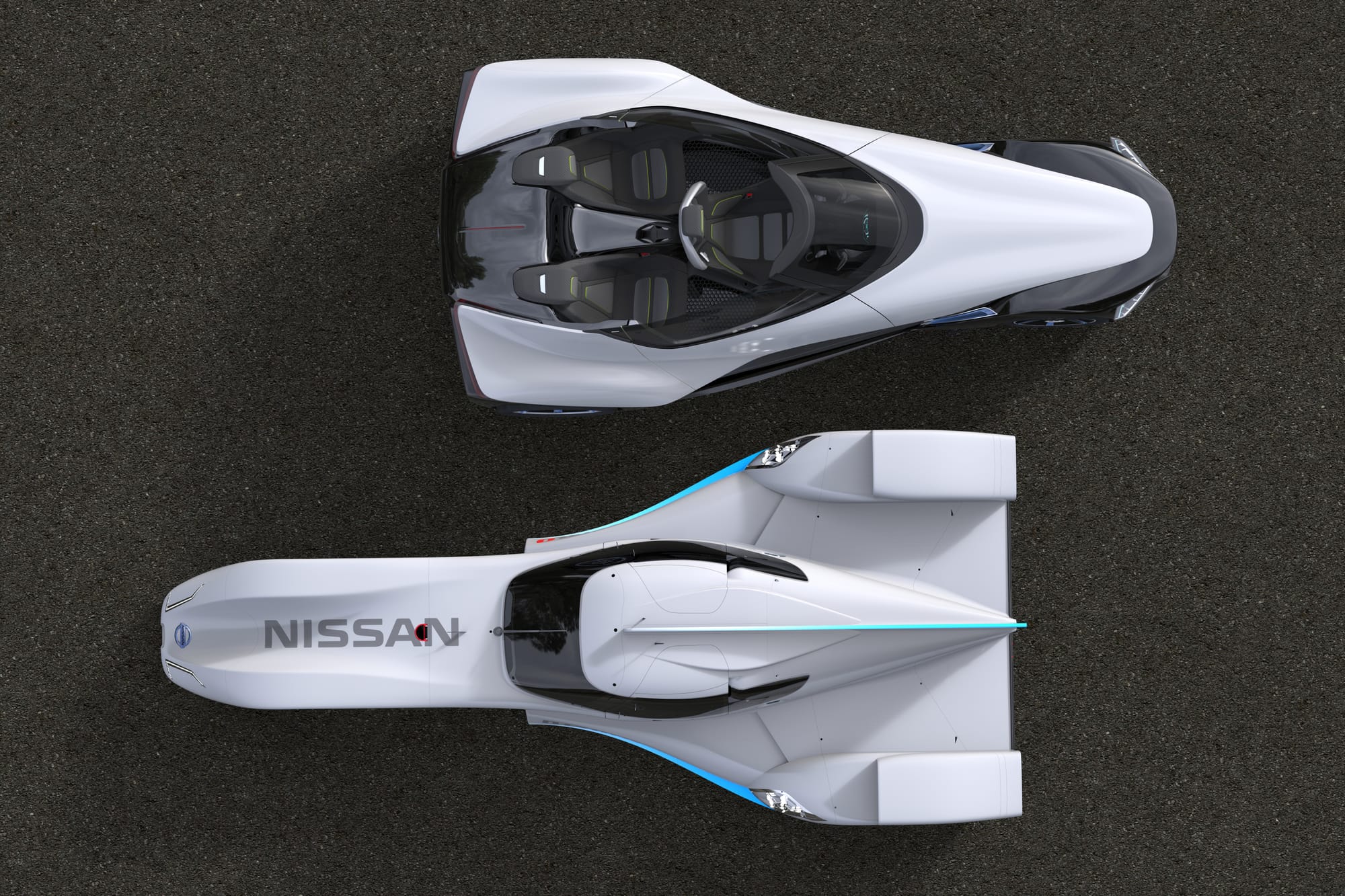
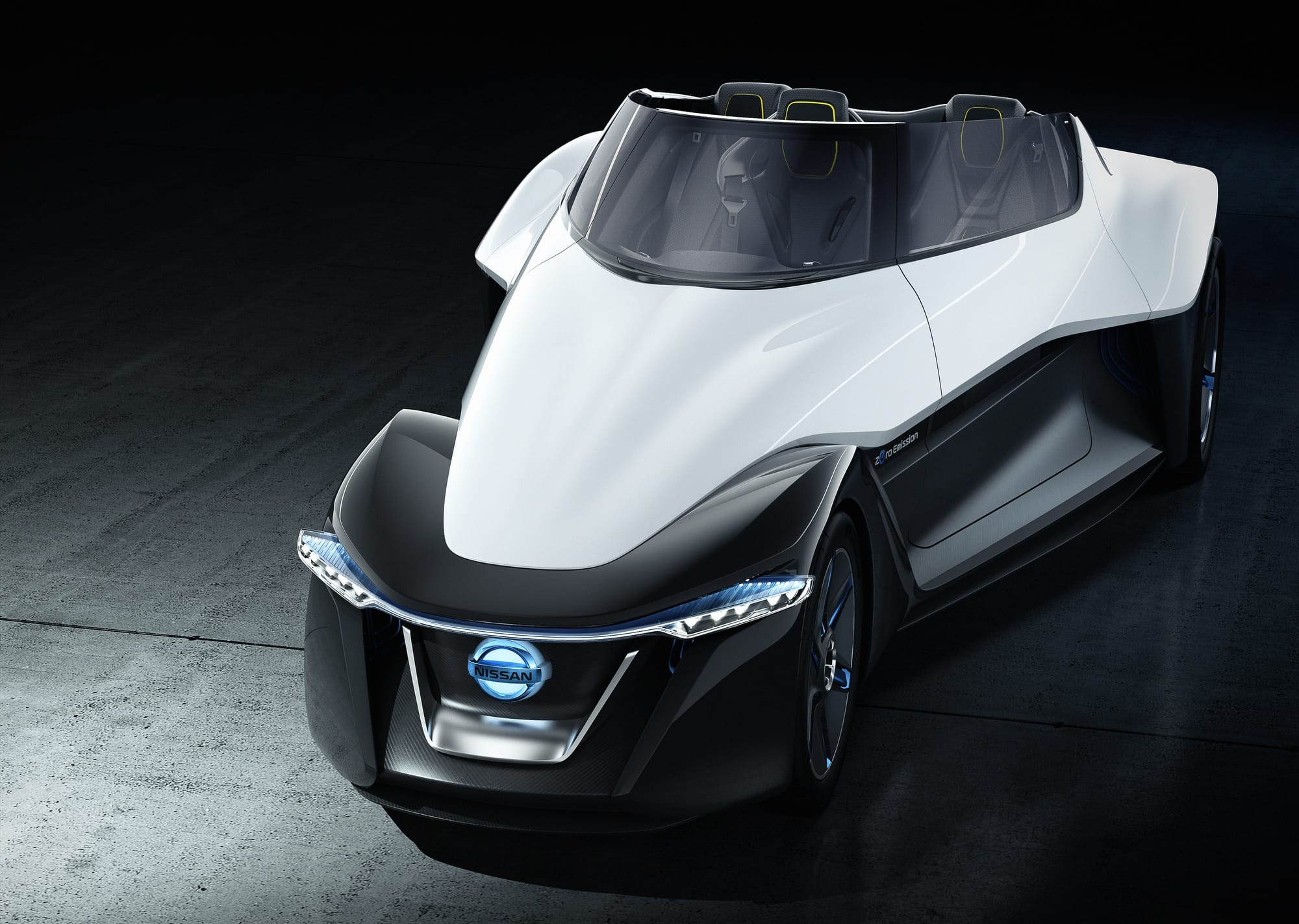
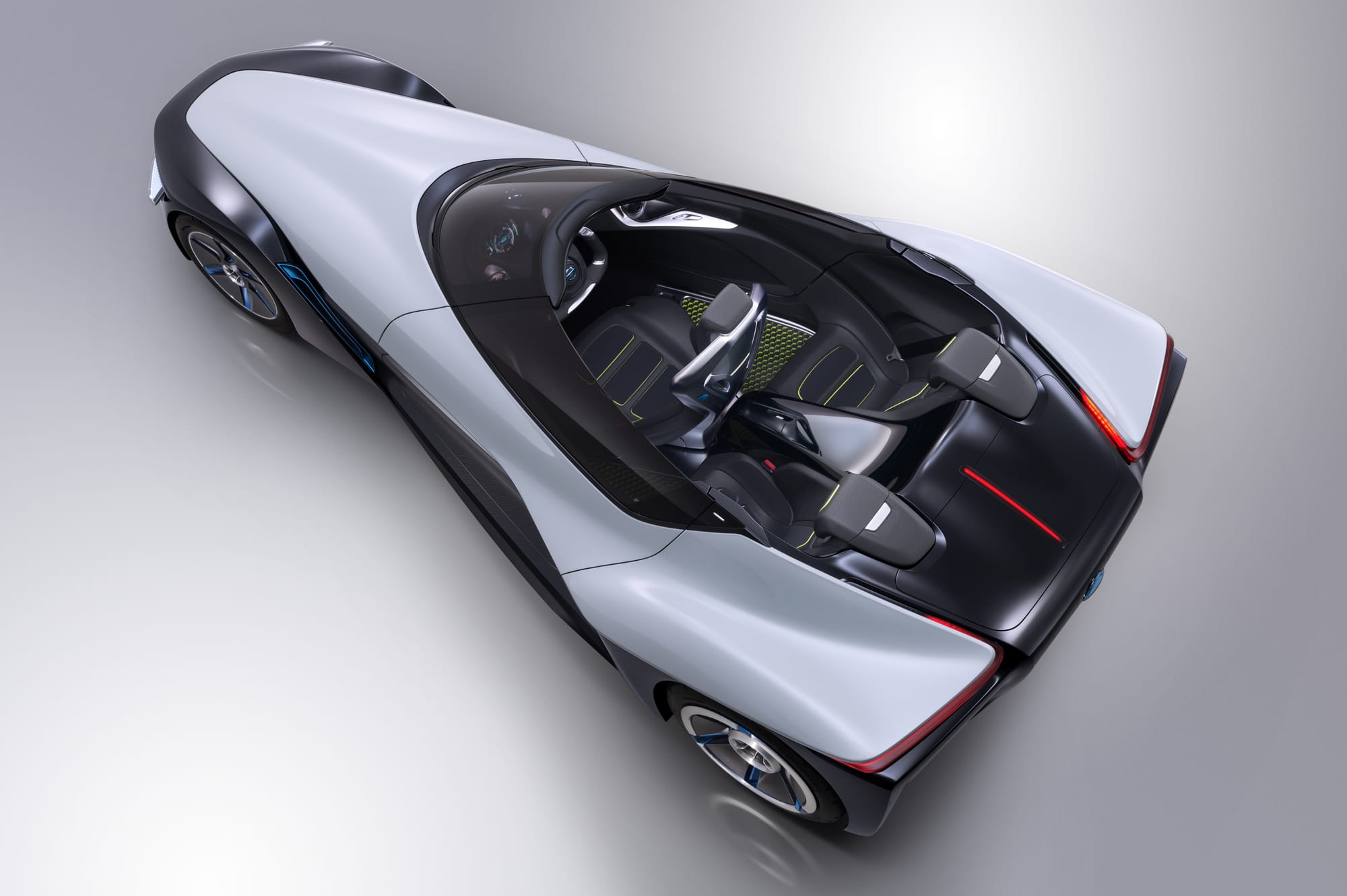
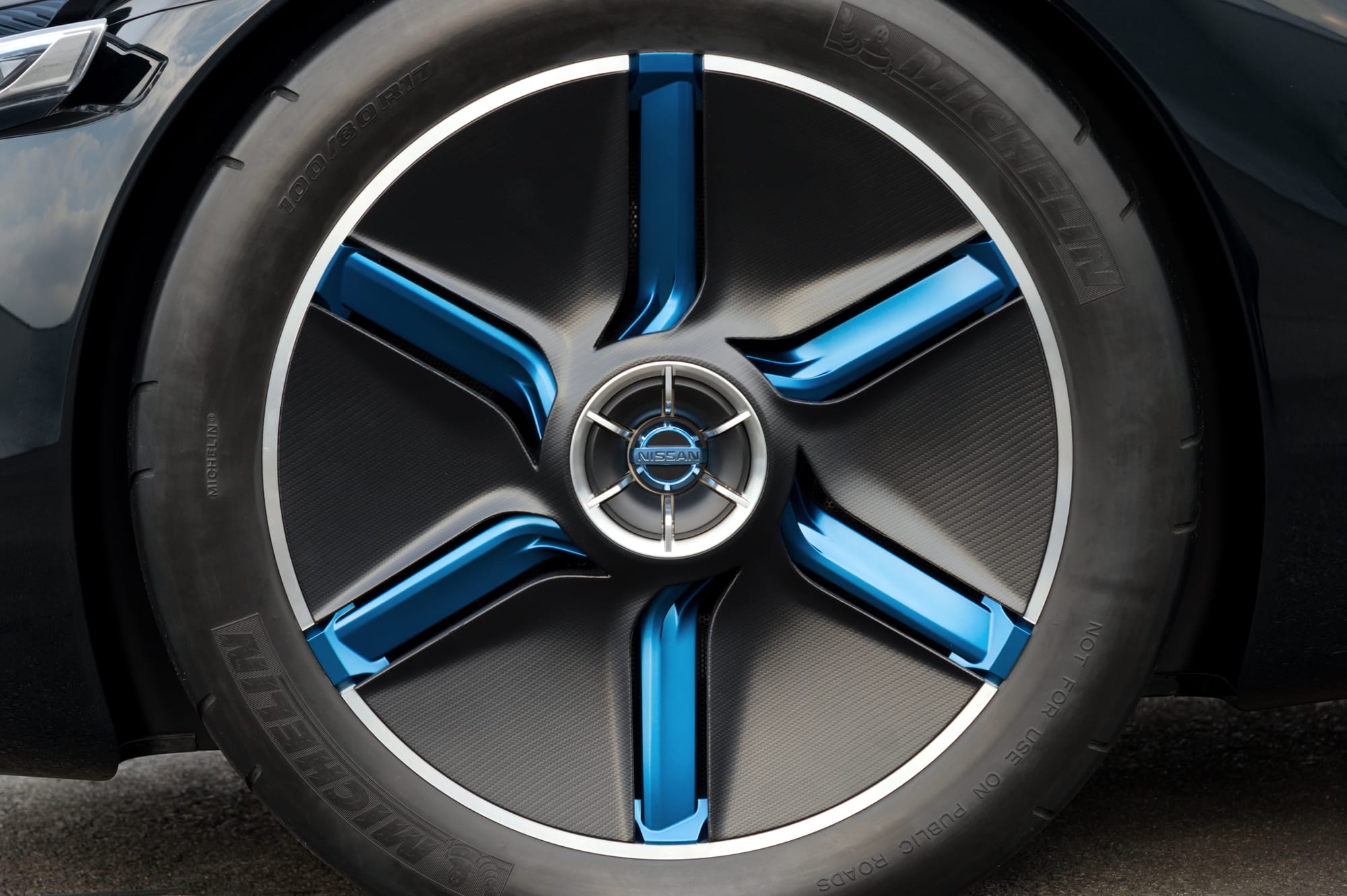
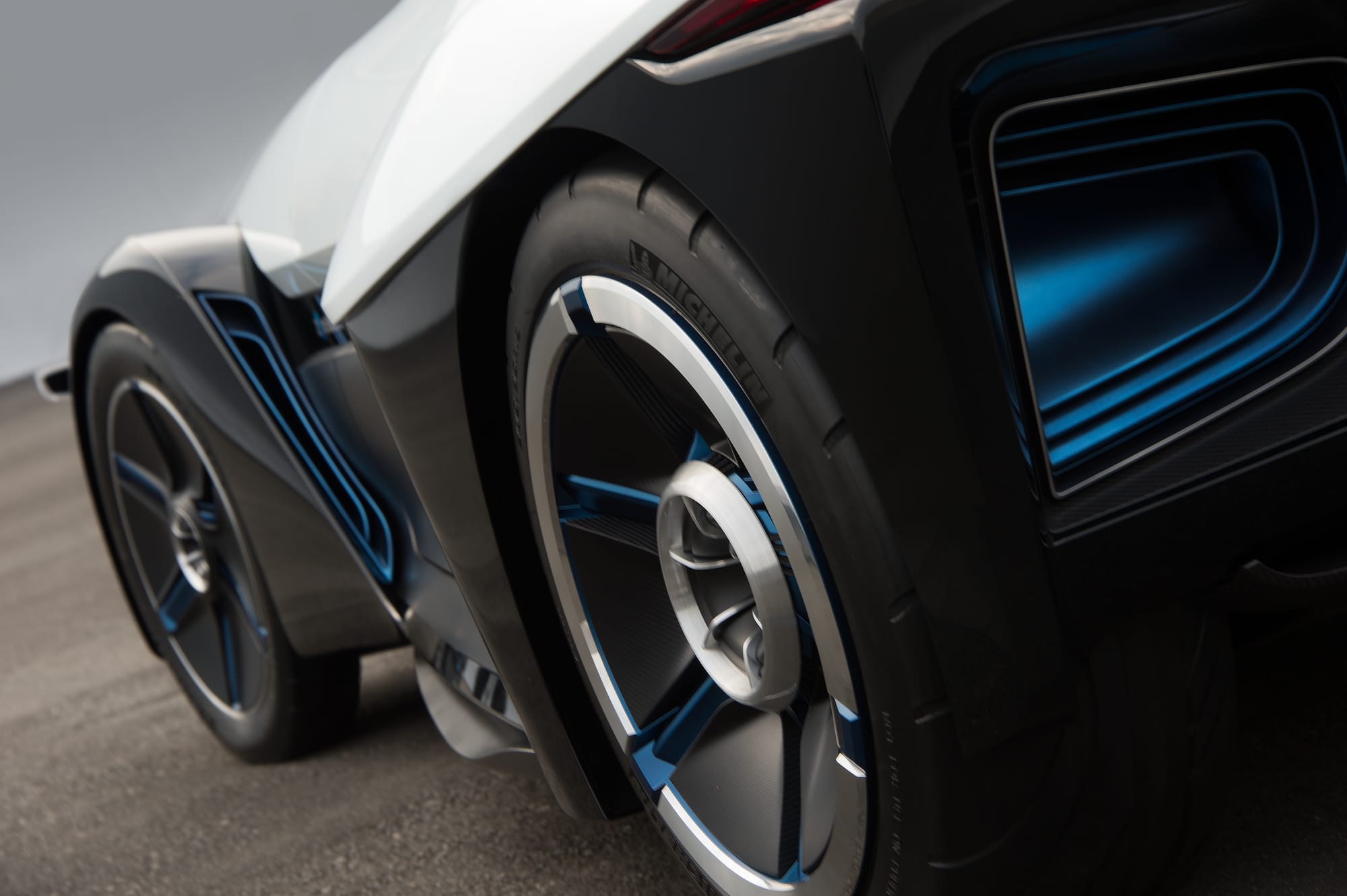
The earlier 2013 concept car version of the BladeGlider. Its overall cleaner look and conventionally attractive profile were obliterated on the later prototype cars. • Nissan
What I have infinite time for is to talk about how unapologetically beautiful this car is. Let me be more precise: beautifully weird.
They say a camel is a horse designed by committee, but with the BladeGlider, it’s as if the committees had all been doing shrooms together with the whole dart-shaped car idea’s instigator, Ben Bowlby.
Its nearly-there front grille and center sections echoes Formula E cars of that era, allowing wider, more conventional front fenders to present a less extreme version of what racing fans had been seeing on track. All of this was for performance, which we’ll get to, but again — this is 2014 Nissan. Its flagship R35 GT-R had been destroying the world’s sport and supercars for seven years, and at that time was one of the rare Le Mans competitors (Garage 56) using high-performance EV components.
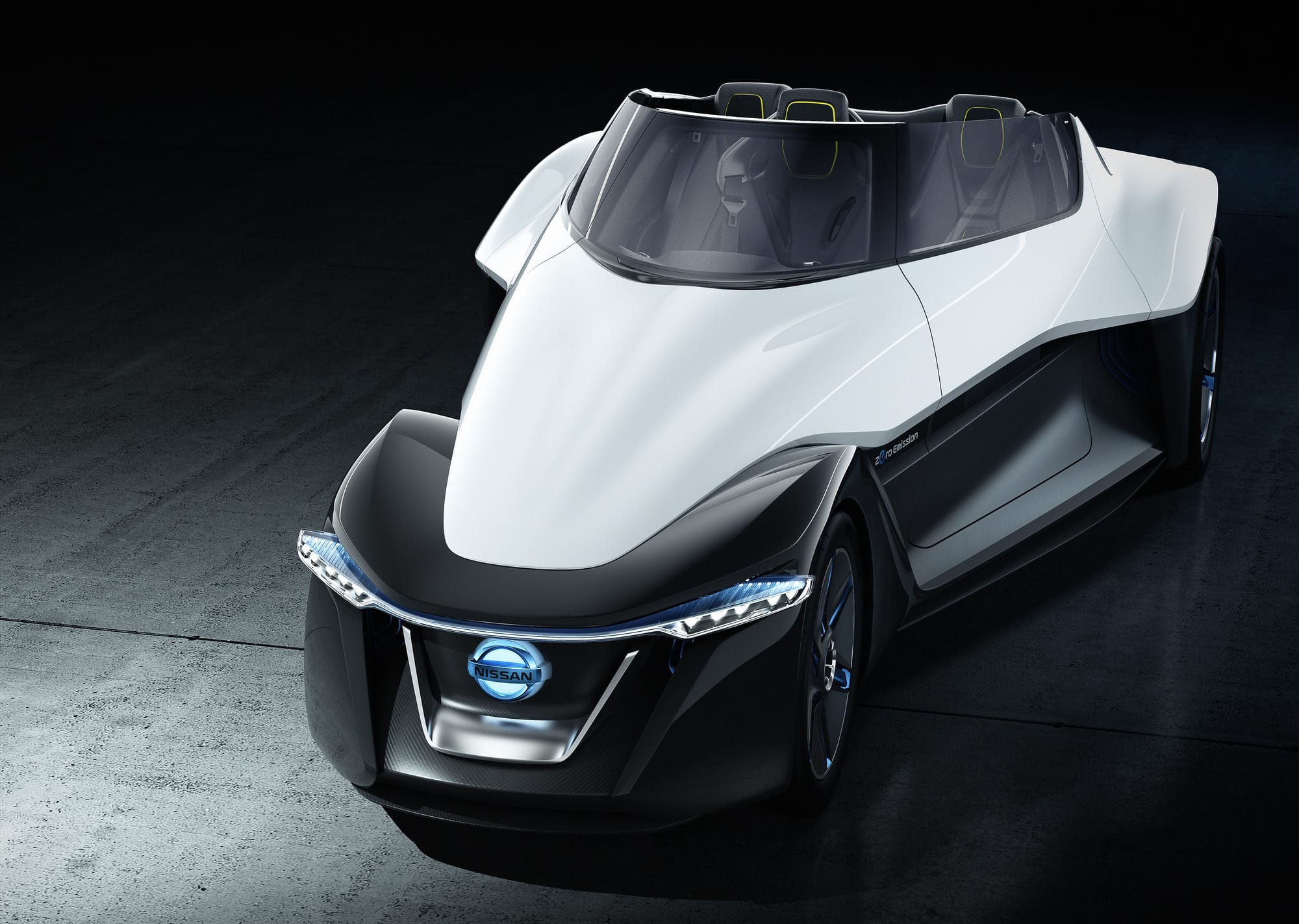
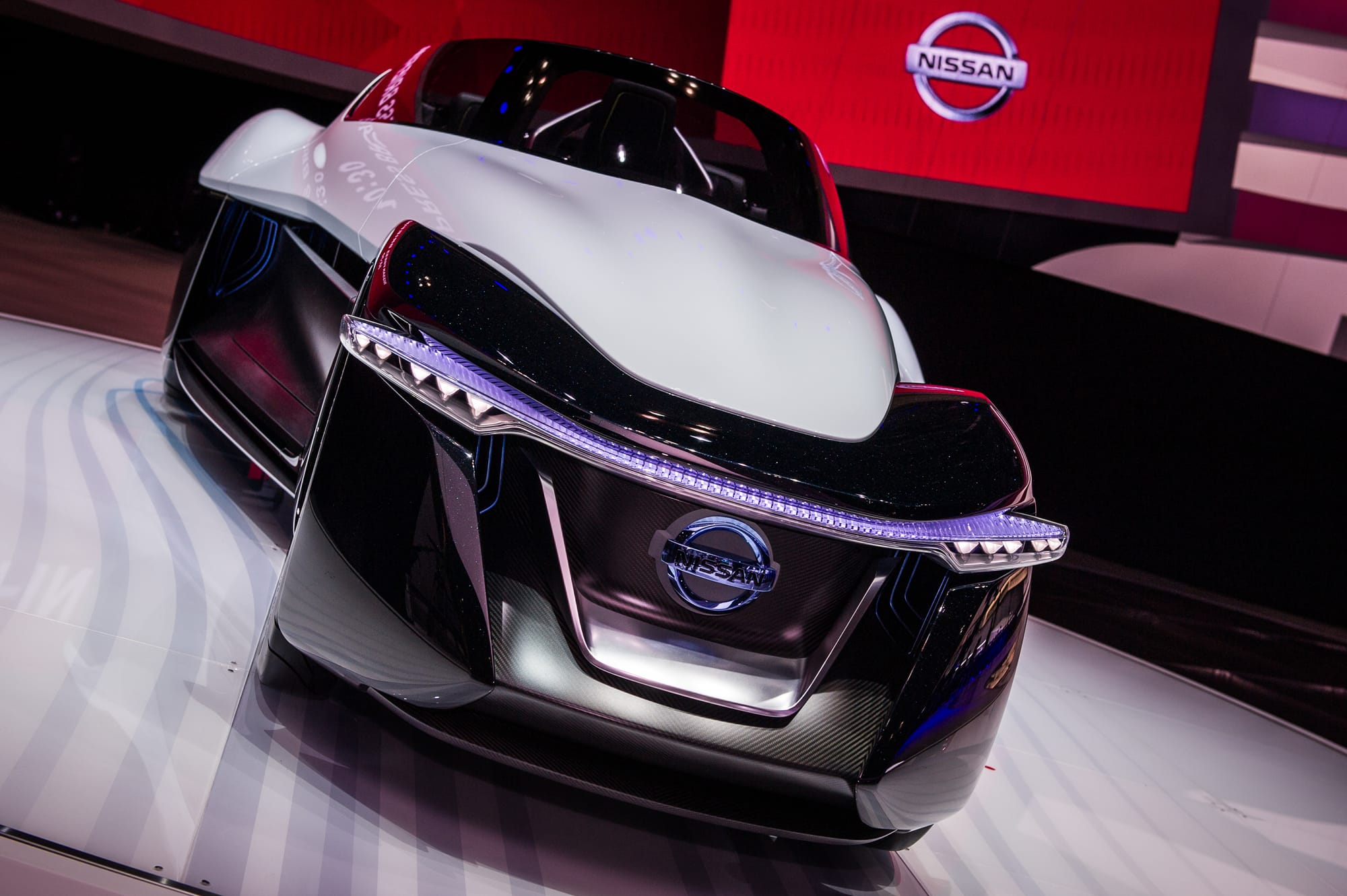
2013 BladeGlider front fascia detail, in studio renders and on stage in Tokyo. • Nissan
In this first version of the BladeGlider (above), you can tell it apart from later working prototypes thanks to its late-stage Frutiger Aero clear plastic front-end, complete with a gloss plastic light bar.
Nissan was also, by its own admission, the world’s largest EV maker — BladeGlider should at least look the part.
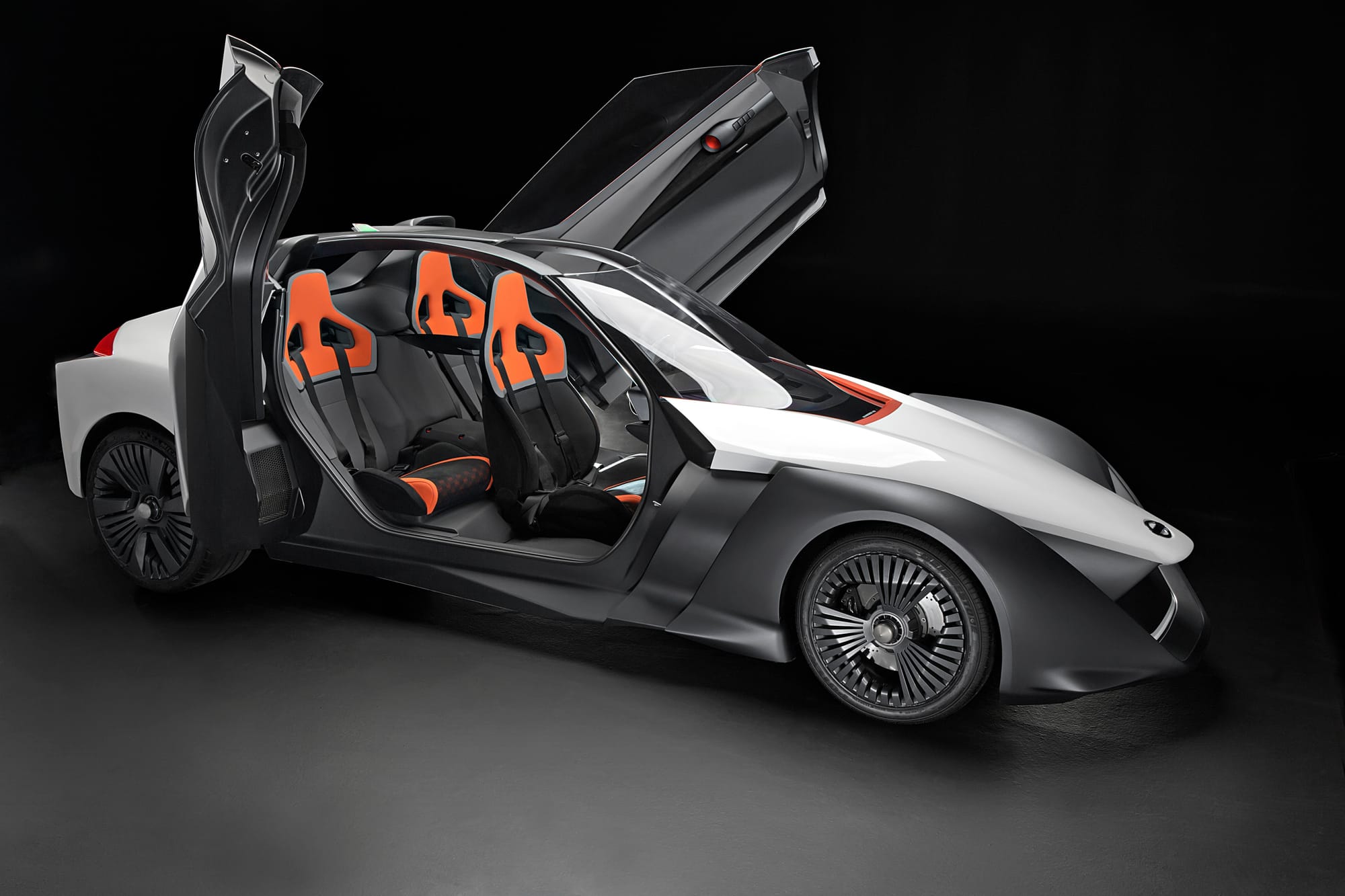
For a billion reasons we’ll never know, Nissan never felt confident enough to double down on EVs.
2014 was exactly the moment where it was crucial that Nissan (and its alliance partner, Renault) put its foot on the gas pedal and stomped out any and all threats to its dominance of the electric car market.
Who was at the top? Carlos Ghosn, who may have been a terrific cost-cutter, but who badly misread his company’s future opportunities in the EV space.
(But you can’t be put on trial for poor product planning…)
Version II, the first running prototype of the BladeGlider. • Nissan
My opinion is that once business leaders and government planners in China saw that even the world’s leading economies and automakers — including GM, Nissan, and its formerly fearless leaders — weren’t willing to re-invest in promising technologies, it was game over.
A world-changing opportunity in manufacturing EVs beckoned, the product ideas had been dreamt up; all China had to do was, through multiple levels of its society, walk the walk and talk the talk. (It had to want sexy EVs more than it cared about deeply troubling working conditions for those pulling raw materials out of the earth.)
The summer of 2014 was also the summer of “rolling coal” — you had to have been there. As an EV fan myself, was it fun at that time watching Tesla Model S electric cars roast its rivals in comparison tests, and in the sales charts? Absolutely.
Did I think Nissan had a shot against Tesla?
Honey, I thought Nissan was winning.

